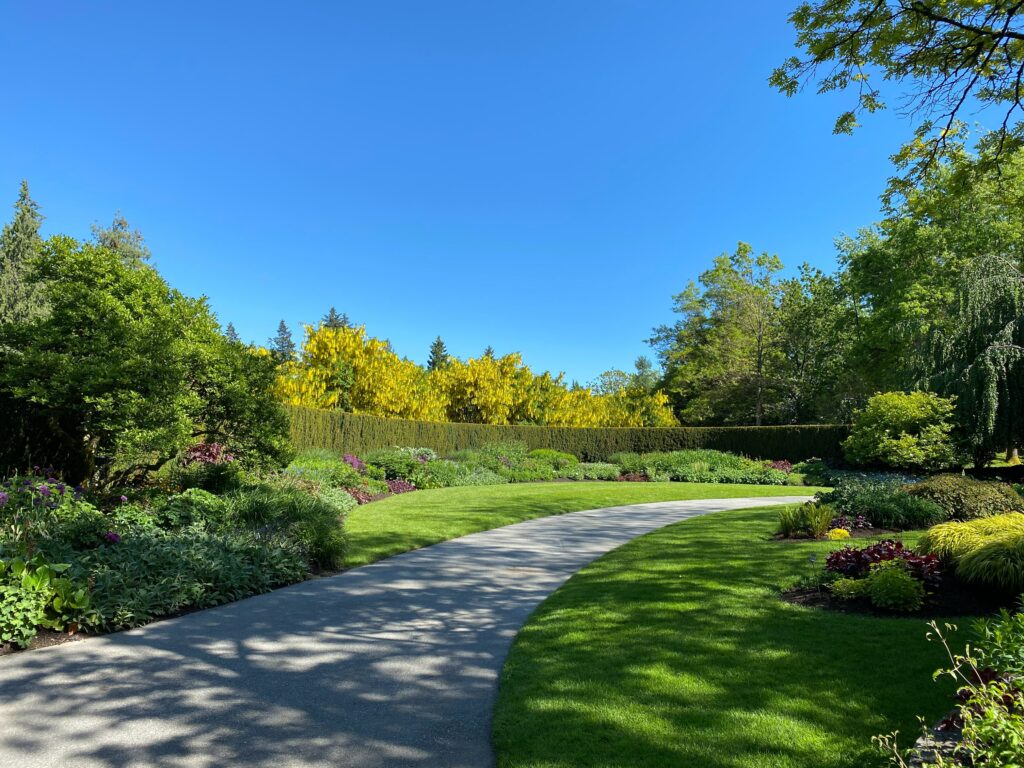3 Lawn Fertilizing Strategies to Help You Have the Best Lawn on the Block

At Modern Turf, we know that every lawn enthusiast wants the coveted title of Best Lawn on the Block. However, without the right know-how, acquiring a great lawn can prove difficult. Here are a few fertilizing strategies to help you achieve the lawn of your dreams:
Know the growing cycles of your grass and fertilize appropriately
Cool-season grasses tend to start active growth in early spring. The grass then declines in the summer months and resurges in the fall. In the winter, the grass is dormant. Warm-season grasses, on the other hand, such as Centipede, St. Augustine and Bermuda, become active in late spring and start to fall dormant in autumn.
Grasses need a boost of nitrogen at the start of their growth cycle to encourage proper growth. However, if you fertilize when the grass is naturally programmed for dormancy or slow growth, you can stress your lawn, causing the fertilization to backfire. Avoid fertilizing cool-season grasses in the winter and summer months. Warm-season grasses should be fertilized in spring and summer.
Test your soil each spring
Since your lawn will likely enter its growing phase in early or late spring, spring is the perfect time to test the acidity of your soil. Grasses tend to excel in soil that has a close to neutral pH, around 6.0 to 6.5 on the pH scale. In addition, there should be a suitable amount of minerals, such as phosphorous and potassium, within the soil.
If your soil is too acidic, you can add lime to help neutralize it. Alkaline soil can be adjusted by adding acidic mulch, such as crushed pine needles, or organic composted material, such as manure. For soils that have a nearly neutral pH and adequate phosphorus and potassium, a nitrogen fertilizer should suffice.
Start the growth cycle with a fertilizer and pre-emergent weed prevention
As you feed your lawn, minimize the potential for emerging weeds. Many products combine fertilization with a weed-control product. However, be sure to only apply a weed-control product to your entire lawn once during the year. Multiple applications to the grass can stress your lawn and cause thin or bare patches. If weeds surface after the initial lawn treatment, treat the pesky intruders individually to limit lawn damage.
For more information about proper lawn care, contact our lawn care professionals at Modern Turf. We can help you achieve the best lawn on the block.


